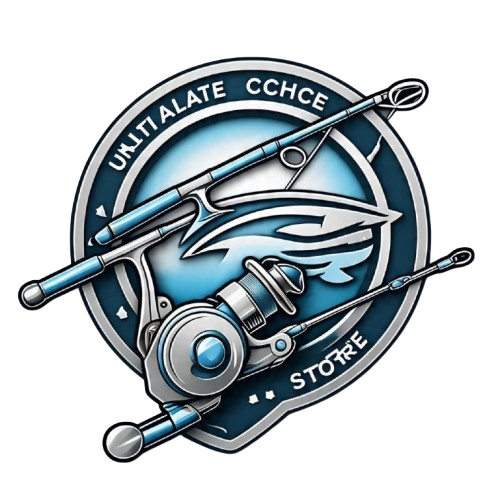
Sonar technology is at the heart of modern fish finders, making it easier for anglers to locate fish and understand underwater environments. Here’s a simple guide to help you understand how sonar works and how it benefits your fishing experience.
What is Sonar?
Sonar stands for Sound Navigation and Ranging. It uses sound waves to detect objects underwater. Fish finders send out sound waves, which bounce off fish, structures, and the seabed, returning information to the device. This data is then converted into visual images on the fish finder’s screen.
Types of Sonar Technology
There are several types of sonar used in fish finders, each with unique features:
1. 2D Sonar
- How It Works: Sends a single beam of sound waves straight down to the seabed.
- Benefits: Good for detecting fish and basic structures. It provides a clear view of the bottom and shows fish as arcs.
- Best For: Beginners and casual anglers looking for an affordable option.
2. CHIRP Sonar
- How It Works: Sends a continuous range of frequencies instead of a single frequency. This allows for better detail and clarity.
- Benefits: Produces clearer images and can distinguish between fish and underwater objects more effectively.
- Best For: Serious anglers and those who want more detailed information.
3. Down Imaging
- How It Works: Uses high-frequency sound waves to create detailed images of what lies below the boat.
- Benefits: Provides a clearer view of structures, fish, and the bottom. It shows images in a more photographic style.
- Best For: Anglers looking to understand underwater features in detail.
4. Side Imaging
- How It Works: Sends out sound waves to the sides of the boat, providing a wide view of the underwater environment.
- Benefits: Helps locate fish and structures away from the boat, giving a broader perspective.
- Best For: Anglers who fish in larger bodies of water where fish might be spread out.
How Sonar Helps You Fish
- Locating Fish: Sonar allows you to see where fish are swimming, helping you target specific areas.
- Understanding Depth: It helps you determine how deep the water is and understand the bottom structure, like rocks or weeds.
- Identifying Species: Advanced sonar can help differentiate between species based on size and shape.
Choosing the Right Sonar for You
When selecting a fish finder, consider your fishing style and the type of sonar that best meets your needs. For casual fishing, a basic 2D sonar may suffice. However, if you’re serious about fishing, investing in CHIRP, down imaging, or side imaging technology can provide a significant advantage.

